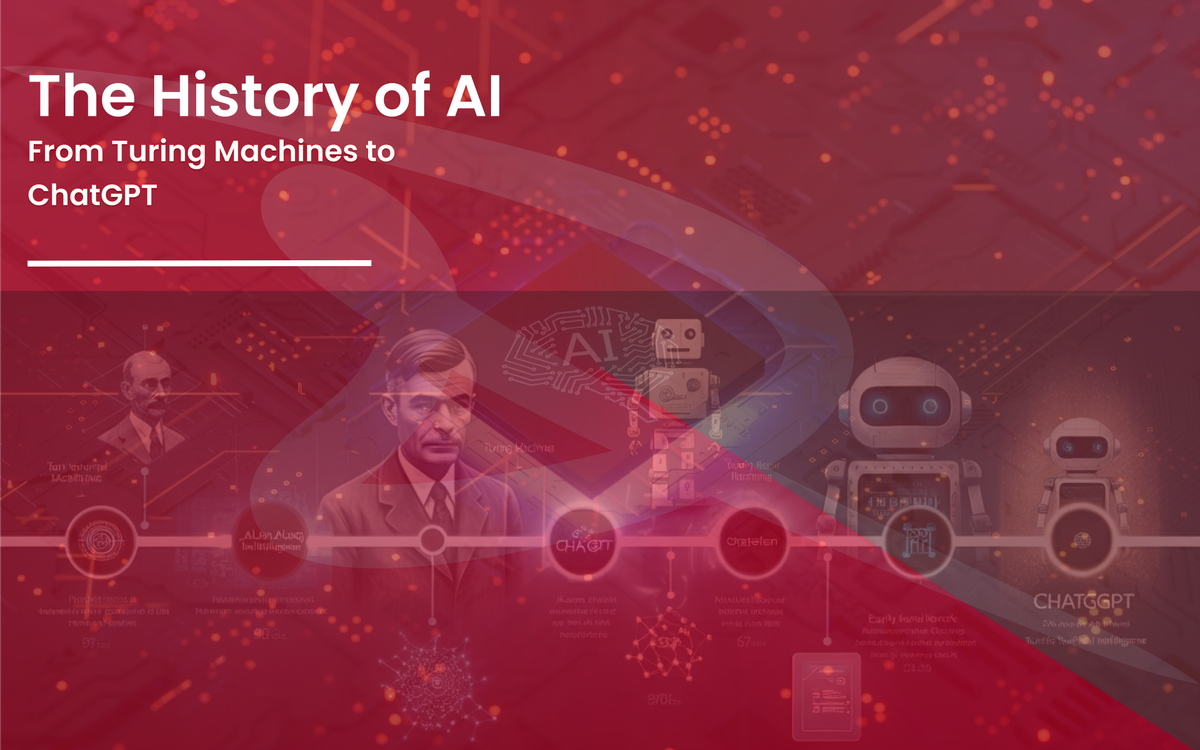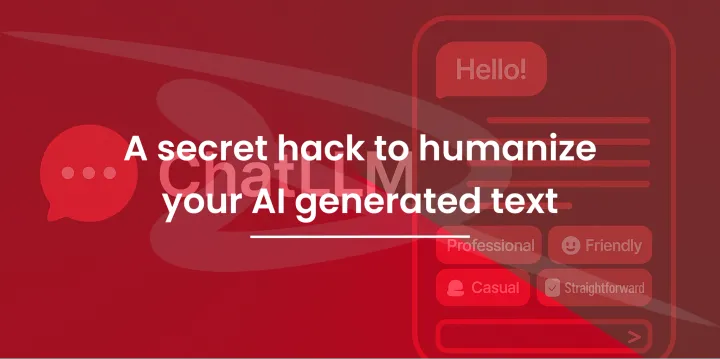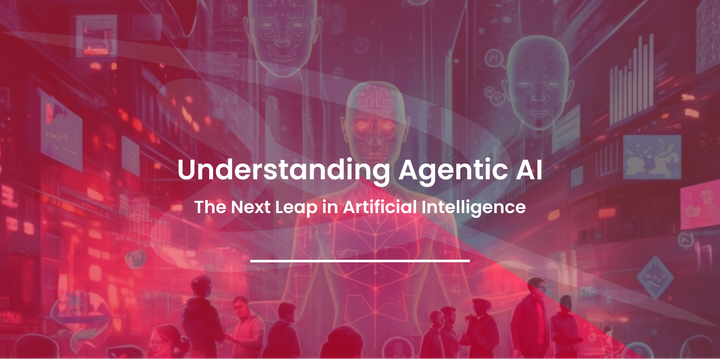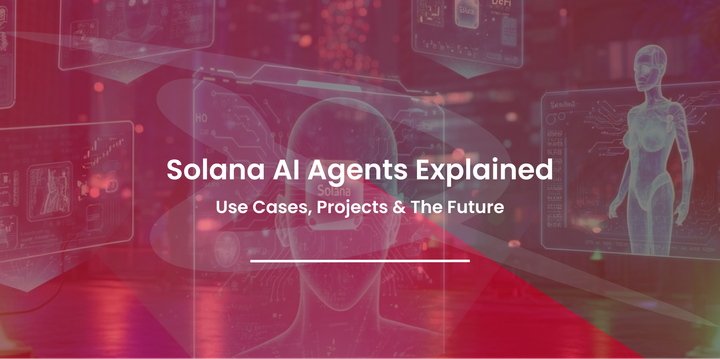The History of AI: From Turing Machines to ChatGPT
Discover AI's history from Turing Machines to ChatGPT. Learn its milestones, ethics, and future potential in this comprehensive guide.

Artificial Intelligence (AI) is no longer confined to the pages of science fiction. From helping businesses streamline operations to assisting individuals with everyday tasks, AI has revolutionized the way we interact with technology and each other. Understanding its evolution helps us appreciate how far we’ve come and prepares us for what lies ahead.
This blog dives into the fascinating history of AI, tracing its development from the conceptual brilliance of Turing Machines to the groundbreaking models we use today, like ChatGPT. Whether you’re a tech enthusiast, a student, or an AI developer, this exploration will shine a light on AI’s milestones, innovations, and challenges.
Early Beginnings of AI
The Turing Machine and Alan Turing's Vision
The story of AI begins in the 1930s with Alan Turing, a British mathematician often regarded as the father of computer science. He introduced the concept of the Turing Machine, a theoretical device capable of solving any computational problem if given the right algorithm.
Turing’s groundbreaking 1950 paper, “Computing Machinery and Intelligence,” asked a profound question: Can machines think? This sparked philosophical debates that continue to this day. The Turing Machine wasn’t a physical object but a conceptual model that laid the foundation for modern computational theory. It provided the philosophical and mathematical groundwork for the idea of intelligent machines.
Early Experiments in Machine Intelligence
While Turing's ideas were revolutionary, the technology of the time was limited. Early experiments in machine intelligence were rudimentary, focusing on simple tasks like solving equations. Yet, these efforts planted the seeds for the development of Artificial Intelligence as a formal field.
The Golden Age of AI (1950s–1970s)
Symbolic AI and Early Programming Languages
The 1950s saw the emergence of Symbolic AI, which used logical rules and reasoning to replicate human intelligence. Early programming languages like LISP were created to make it easier to build AI models.
Notably, the 1956 Dartmouth Conference, organized by John McCarthy (who coined the term "Artificial Intelligence"), Marvin Minsky, and others, marked the official birth of AI as a field. Attendees believed that AI systems capable of human-like reasoning would soon follow.
Early Successes and Limitations
This era had some notable achievements, such as programs that could solve algebraic equations and even play chess. However, the optimistic predictions were soon met with harsh realities. Hardware limitations, high costs, and the inability to scale AI systems led to significant challenges.
AI Winter and Revival (1980s–1990s)
The AI Winters
The AI Winter refers to periods of stagnation when interest, funding, and progress in AI slowed drastically. Unrealistic expectations and disappointing results caused investors and governments to pull funding. This slowdown occurred twice—once in the 1970s and again in the late 1980s.
Expert Systems and Resurgence
AI experienced a revival in the late 1980s thanks to Expert Systems, programs designed to mimic human expertise in specific domains like medical diagnosis. Improved computing hardware also helped reignite interest in AI, leading to advancements that paved the way for modern machine learning.
Modern AI Era (2000s–Present)
Machine Learning and Deep Learning
The 2000s marked the advent of machine learning, where AI systems could "learn" from data rather than relying on pre-programmed rules. Concepts like neural networks, which mimic the structure of the human brain, gained traction.
Breakthroughs in deep learning enabled AI to excel in areas like computer vision, language processing, and speech recognition. High-profile achievements like IBM Watson winning Jeopardy! in 2011 and Google DeepMind’s AlphaGo defeating a Go champion in 2016 showcased AI's potential.
The Role of Big Data and Cloud Computing
AI's modern successes owe much to the rise of big data and cloud computing. These technologies provide the massive datasets and computational power necessary for training complex models, making AI systems more accurate and versatile.
ChatGPT and Beyond
What is ChatGPT?
Enter ChatGPT, an AI language model by OpenAI. Built on Generative Pre-trained Transformer (GPT) architecture, ChatGPT takes conversational AI to a new level. It understands context, generates coherent responses, and adapts to diverse conversational styles—impressive feats for a machine.
With applications ranging from customer support to content creation, ChatGPT exemplifies how far we’ve come in making AI accessible and practical.
Ethical Considerations and Future Directions
While AI systems like ChatGPT are remarkable, they raise questions about ethical use, bias, and misinformation. As we continue to innovate, establishing guidelines for responsible AI practices will be crucial.
Traditional AI vs. Modern AI
| Aspect | Traditional AI | Modern AI (ChatGPT) |
|---|---|---|
| Core Approach | Rule-based systems | Data-driven learning |
| Computing Power | Limited | High, leveraging GPUs/TPUs |
| Applications | Simple tasks like chess | Complex tasks like language generation |
| Flexibility | Low | High, adaptable to multiple domains |
Frequently Asked Questions (FAQs)
What is the significance of the Turing Machine in AI history?
The Turing Machine laid the theoretical foundation for computational science and sparked discussions about machine intelligence. Without it, computer science as we know it might not exist.
Why did AI experience periods of stagnation like the AI Winter?
Overpromising and under-delivering were key reasons for the AI Winter. Unrealistic expectations led to disappointment among investors and governments, resulting in reduced funding.
How has ChatGPT revolutionized conversational AI?
ChatGPT uses deep learning to generate human-like responses in real time. Its ability to handle context and generate detailed, coherent answers makes it a game-changer in conversational AI.
What are some ethical challenges in modern AI?
Bias in AI algorithms, the spread of misinformation, and privacy concerns are some key ethical challenges. Addressing these will be essential as AI continues to evolve.
Looking Ahead to AI's Future
The history of AI is a testament to human ingenuity and perseverance. From Alan Turing’s brilliant ideas to ChatGPT’s conversational capabilities, AI has transformed from a theoretical concept into a practical, impactful technology.
Looking forward, AI will continue to shape industries, solve complex problems, and drive innovation. However, stakeholders must prioritize ethical practices to ensure that AI benefits society as a whole.
If you’re intrigued by AI’s potential and want to explore its future, start experimenting with conversational models like ChatGPT today. The next chapter of AI is waiting to be written—perhaps by pioneers like you.




Comments ()